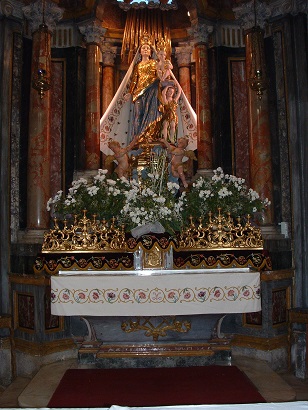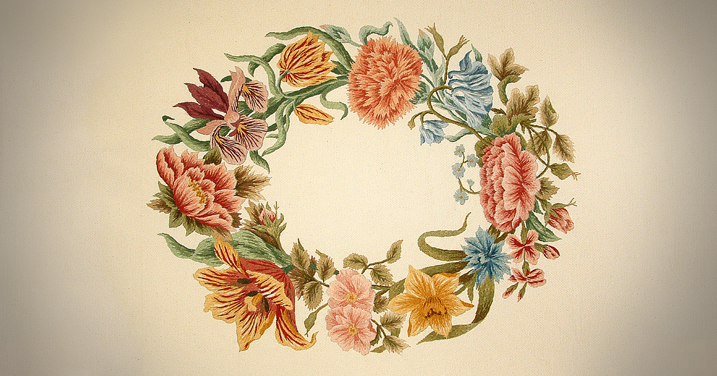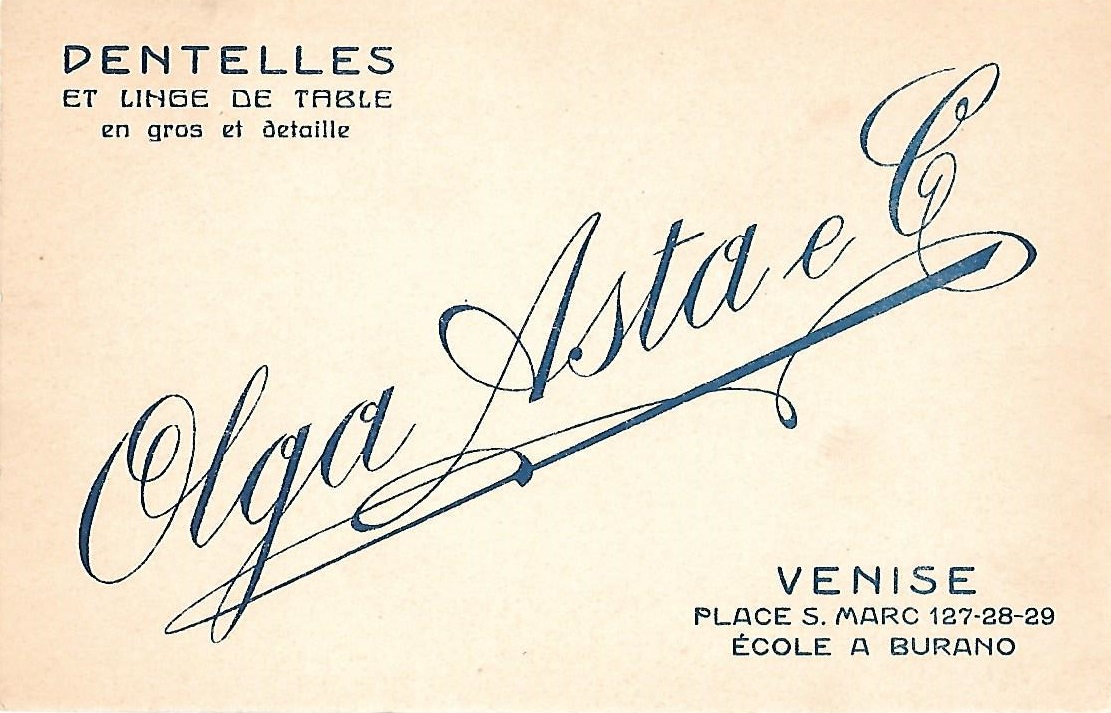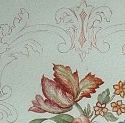
La più grande chiesa di Chieri, la Collegiata di Santa Maria della Scala o Duomo, conserva nella Cappella delle Grazie uno dei nostri lavori più belli e importanti: il manto che orna la statua della Beata Vergine delle Grazie.
È particolarmente significativo perché la Cappella delle Grazie ha una storia secolare e un valore religioso e civile ancora molto sentito in città.
Risale al XVII secolo, when the plague and the community raged,,it,no longer knowing how to curb the scourge,,it,he vowed to the Virgin to erect a chapel in his honor if he put an end to that terrible plague that had killed almost half of the people of Chieri,,it,Suddenly the plague stopped and the city kept the vow,,it, non sapendo più come porre argine al flagello, fece voto alla Vergine di erigere una cappella in suo onore se avesse posto fine a quella tremenda pestilenza che aveva ucciso quasi la metà dei chieresi. In modo improvviso la peste cessò e la città mantenne il voto.







